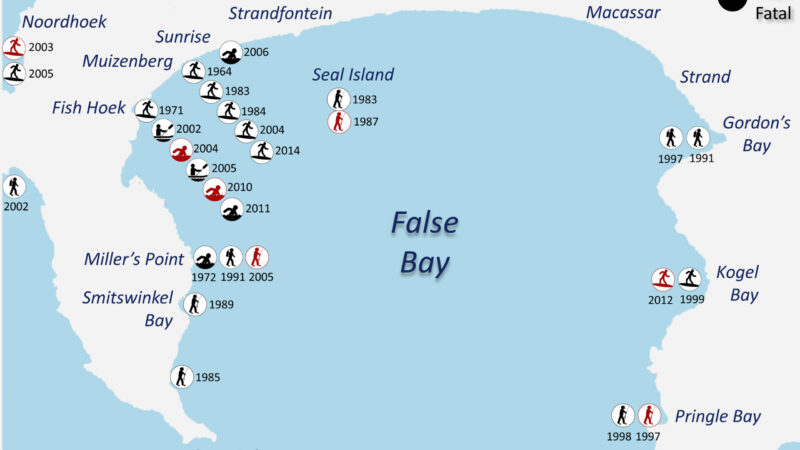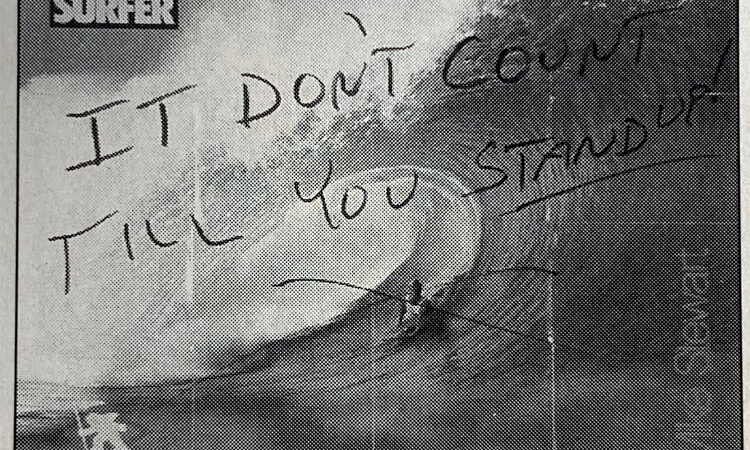A paipo, also known as papa li’ili’i, is a small board measuring between three and six feet tall, 16 inches wide, and half-inch thick that has been used by Polynesians to ride waves since the 18th century.
Later, in the early 1900s, tourists in Hawaii grabbed similar boards and rode paipos in the small rollers available at Waikiki Beach, in Honolulu, Hawaii.
As the prone riding fever reached mainland America and the rest of the world, paipos and the new outdoor recreation got a new name – bellyboards and bellyboarding.
For many, the paipo board is the world’s first bodyboard.
However, there are several relevant differences between the ancient board and the innovation introduced by Tom Morey in the 1970s.
Paipos are extremely simple, thin, narrow and light boards. Riding a paipo is considerably different from riding a bodyboard, but it is no less fun.
On top of that, you can easily shape and build a paipo at home with minimum effort and basic tools.
Every year, the World Belly Boarding Championships (WBBC) celebrate the love of paipo with a unique event at Perranporth Beach, in Cornwall, England.

DIY: Building A Paipo Board in 60 Minutes
Shaping a paipo doesn’t require advanced carpentry skills. Here are the tools and materials you’re going to need to make your own paipo board:
1. A 10mm thick poplar plywood sheet (minimum size: 120 centimeters long, 40 centimeters wide);
2. A pencil;
3. A saw or jigsaw;
4. A sandpaper sheet;
5. A varnish for poplar wood;
6. A brush;
7. A rounded object or compass;
8. A pair of safety glasses;
Now, let’s build a custom paipo board:
1. Imagine or get a simple paipo template online;
2. Transfer the outline to the poplar plywood sheet using a pencil;
3. You can use a rounded object or compass to draw the nose and the crescent tail;
4. Use a jigsaw or saw to cut the outline out;
5. Pour hot water over the nose of the board;
6. Slightly bend the nose to create a subtle rocker;
7. Sand the edges and rails of the board to smooth them out;
8. Dust off the board;
9. Apply a varnish using a brush;
10. Allow 24 hours to dry;
Enjoy your paipo and make sure to rinse the board with fresh water after each session.





Recent Comments